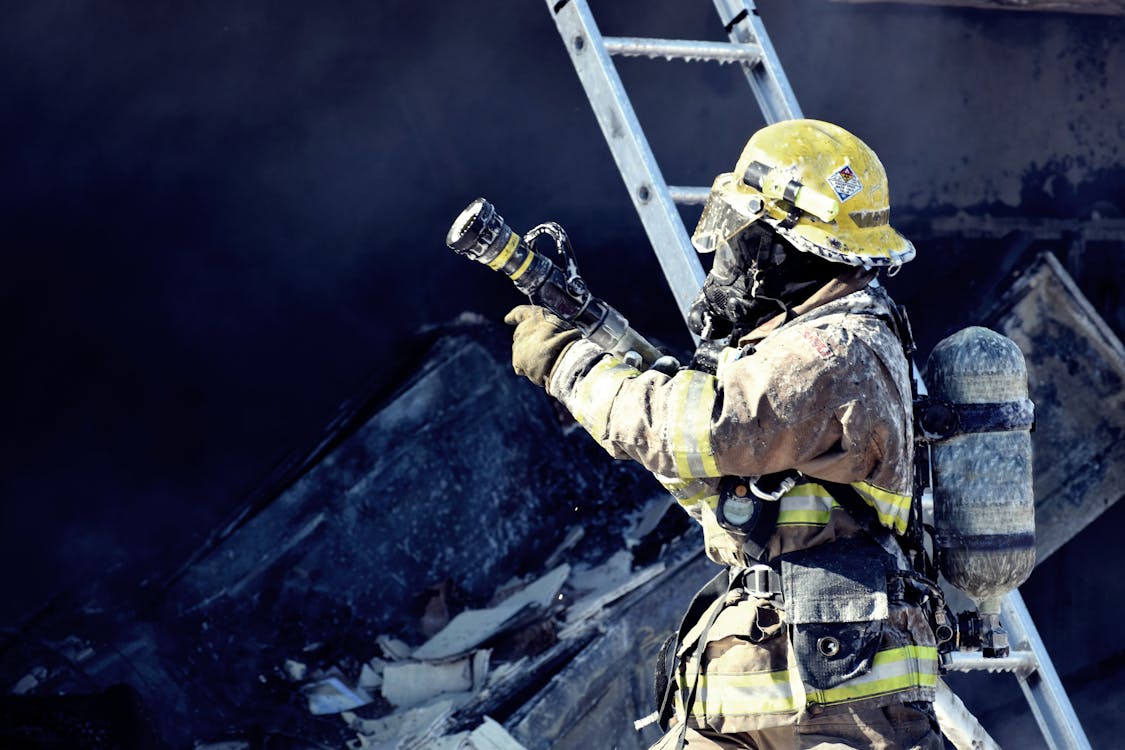Health Risks Asbestos is a naturally occurring mineral that has been widely used in various industries due to its strength, heat resistance, and durability. However, despite its usefulness, asbestos is a highly toxic substance that poses significant health risks to humans. In this article, we will discuss the health risks of exposure to asbestos and how to protect yourself from them.
Introduction
Asbestos has been used for centuries due to its unique properties such as resistance to heat, strength, and durability. However, with time, it was discovered that asbestos is highly toxic and poses serious health risks. Inhaling asbestos fibers can lead to lung diseases and cancers, and exposure to asbestos is the leading cause of mesothelioma. This article will explore the health risks of asbestos exposure and how to protect yourself from them.
What is asbestos?
Asbestos is a naturally occurring mineral that consists of long, thin fibers. There are six different types of asbestos, but the three most commonly used are chrysotile, amosite, and crocidolite. Asbestos has been used for centuries due to its unique properties such as resistance to heat, strength, and durability.
How is asbestos used?
Asbestos was widely used in various industries due to its unique properties. Some of the most common uses of asbestos include:
- Insulation materials
- Cement sheets
- Floor tiles
- Roofing materials
- Textiles
- Brake pads

The health risks of asbestos exposure
Asbestos exposure is a serious health risk that can cause a variety of diseases, including:
Asbestosis
Asbestosis is a chronic lung disease caused by inhaling asbestos fibers. It occurs when the asbestos fibers become trapped in the lungs and cause scarring, which makes it difficult to breathe.
Lung cancer
Lung cancer is a type of cancer that develops in the lungs. Exposure to asbestos increases the risk of developing lung cancer, and it is estimated that about 4% of all lung cancers are caused by asbestos.
Mesothelioma
Mesothelioma is a rare and aggressive cancer that affects the lining of the lungs, abdomen, or heart. Exposure to asbestos is the leading cause of mesothelioma, and it can take decades for the disease to develop.
Other cancers
Exposure to asbestos has also been linked to other types of cancer, including ovarian cancer, laryngeal cancer, and pharyngeal cancer.
Who is at risk of asbestos exposure?
Exposure to asbestos can occur in various settings, but some groups of people are at a higher risk than others. These include:
Workers in high-risk industries
Workers in certain industries, such as construction, shipbuilding, and automotive manufacturing, are at a higher risk of asbestos exposure. This is because asbestos was commonly used in these industries before its health risks were fully understood.
Family members of workers
Family members of workers who were exposed to asbestos can also be at risk of exposure. This is because workers can bring home asbestos fibers on their clothes, which can then be inhaled by their family members.

People who live in older buildings
People who live in older buildings may also be at risk of asbestos exposure. Asbestos was commonly used in building materials before the 1980s, and if these materials are disturbed, asbestos fibers can be released into the air.
How to protect yourself from asbestos exposure
There are several steps you can take to protect yourself from asbestos exposure, including:
Identify asbestos-containing materials
If you live or work in an older building, you should have the building inspected for asbestos-containing materials. These materials can include insulation, ceiling tiles, and floor tiles.
Hire a professional to remove asbestos
If asbestos-containing materials are found, they should be removed by a licensed professional. Attempting to remove asbestos yourself can be dangerous and can result in asbestos fibers being released into the air.
Wear protective equipment
If you work in an industry where asbestos exposure is a risk, you should wear protective equipment, including a respirator and protective clothing.

Conclusion
Overall, it is important to be aware of the health risks of exposure to asbestos and take steps to protect yourself and your loved ones. If you suspect you have been exposed to asbestos, it is important to seek medical attention and inform your doctor of the exposure. By taking proactive measures to identify and manage asbestos-containing materials, we can work towards reducing the risk of asbestos-related diseases and protecting public health.
FAQs
- Can asbestos exposure cause immediate health problems? No, the health effects of asbestos exposure typically take years or even decades to develop.
- Can I tell if a material contains asbestos just by looking at it? No, asbestos-containing materials can look the same as non-asbestos-containing materials. A professional inspection is necessary to determine if a material contains asbestos.
- What should I do if I suspect I have been exposed to asbestos? If you suspect you have been exposed to asbestos, you should contact your doctor and inform them of the exposure.
- Is it safe to live or work in a building that contains asbestos? If the asbestos-containing materials are intact and not damaged, they may not pose a health risk. However, if the materials are damaged or disturbed, asbestos fibers can be released into the air and pose a risk.
- Can asbestos exposure cause any other health problems besides lung diseases and cancers? In addition to lung diseases and cancers, asbestos exposure has also been linked to other health problems such as kidney disease and autoimmune disorders.
- Is there a cure for mesothelioma? Currently, there is no cure for mesothelioma. However, treatment options such as surgery, chemotherapy, and radiation therapy can help manage the symptoms and improve the quality of life for patients.
- Can children be exposed to asbestos? Yes, children can be exposed to asbestos. If a parent or family member works in a high-risk industry or lives in an older building, asbestos fibers can be brought home on clothing and pose a risk to children.
- Can smoking increase the risk of asbestos-related diseases? Yes, smoking can increase the risk of developing asbestos-related diseases. If someone is exposed to asbestos and also smokes, their risk of developing lung cancer is significantly increased.
- How can I ensure my workplace is safe from asbestos exposure? Employers have a responsibility to provide a safe work environment for their employees. This includes identifying and managing asbestos-containing materials and providing protective equipment for high-risk industries.
- Are there any regulations in place to protect people from asbestos exposure? Yes, there are regulations in place to protect people from asbestos exposure. In the United States, the Environmental Protection Agency (EPA) regulates the use and removal of asbestos-containing materials, and the Occupational Safety and Health Administration (OSHA) sets standards for workplace safety in high-risk industries.
